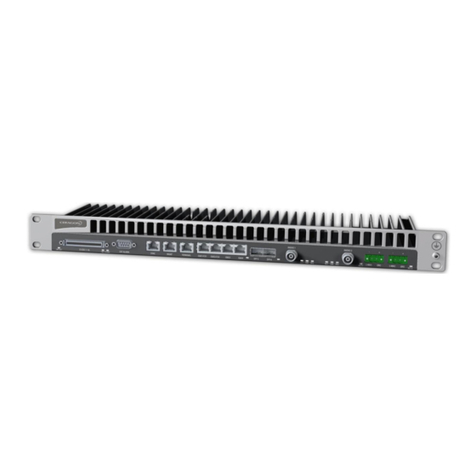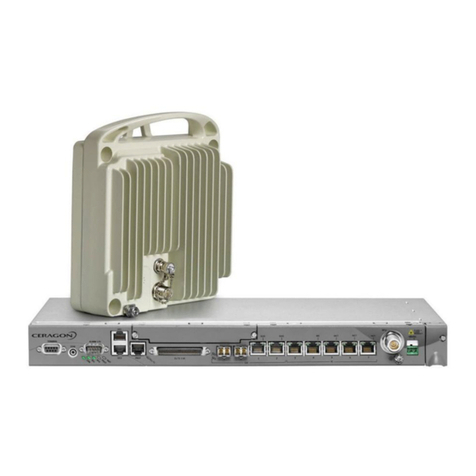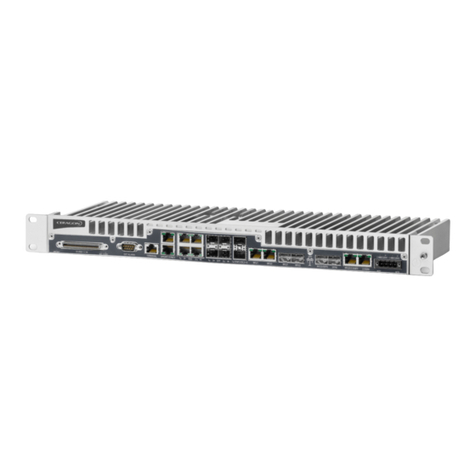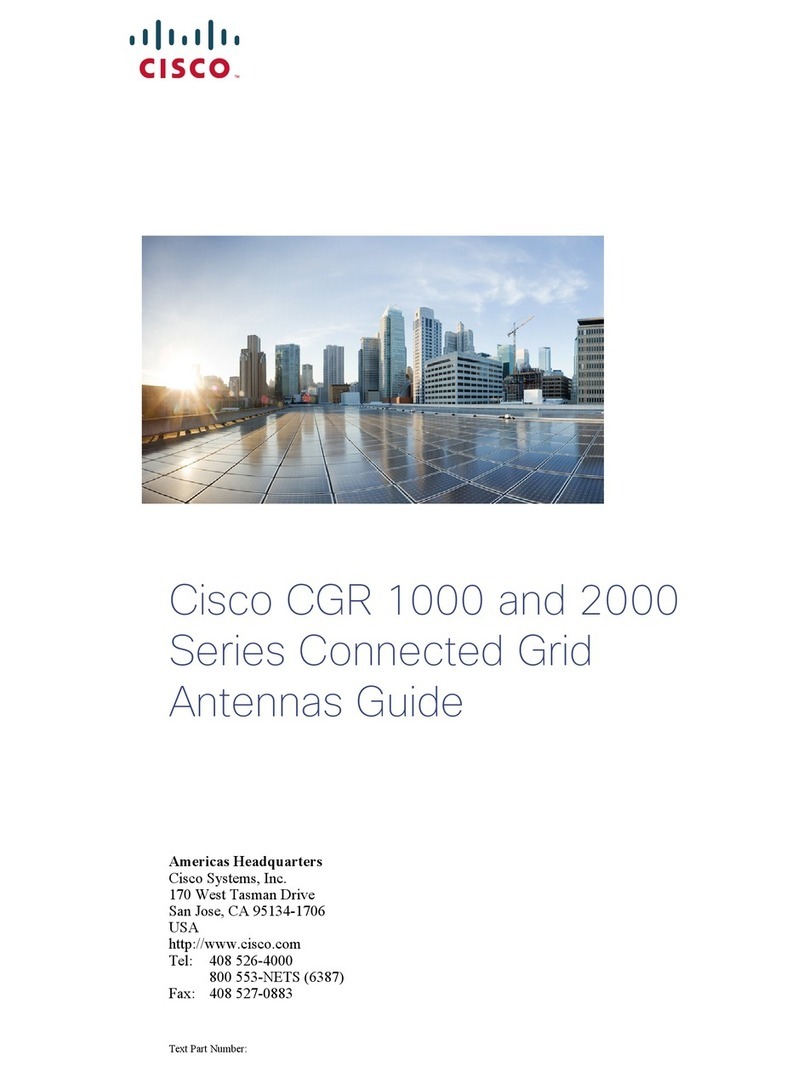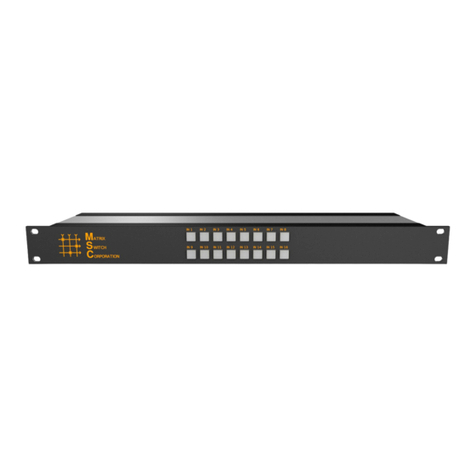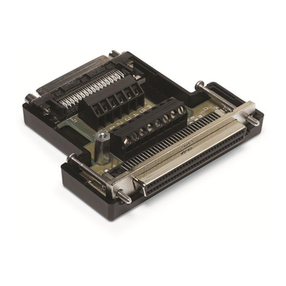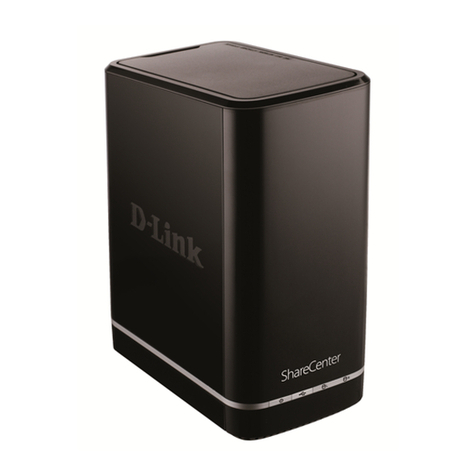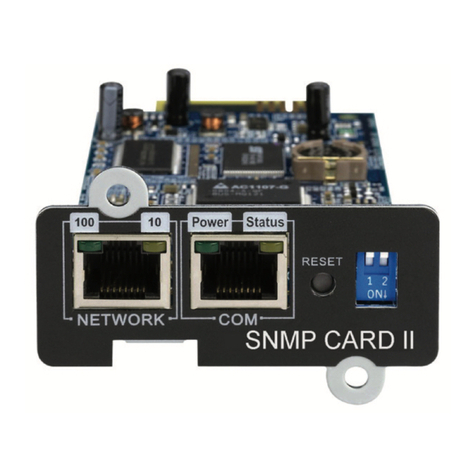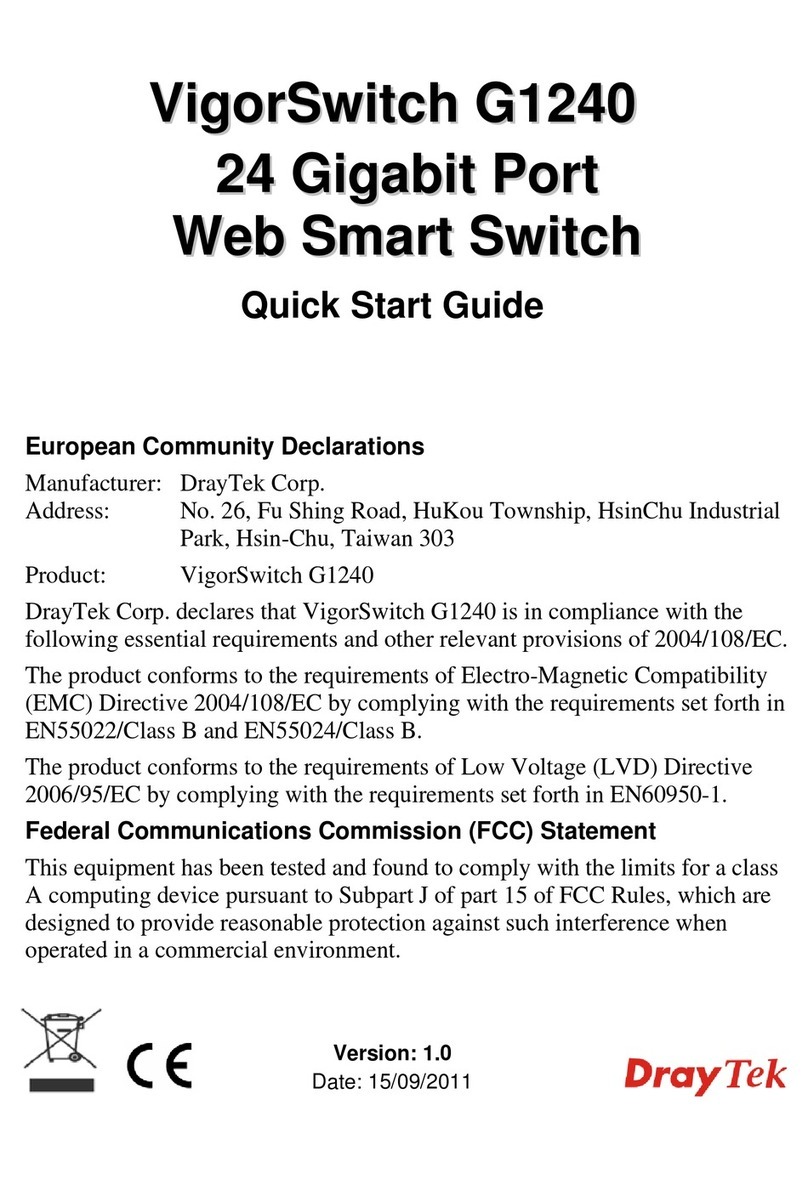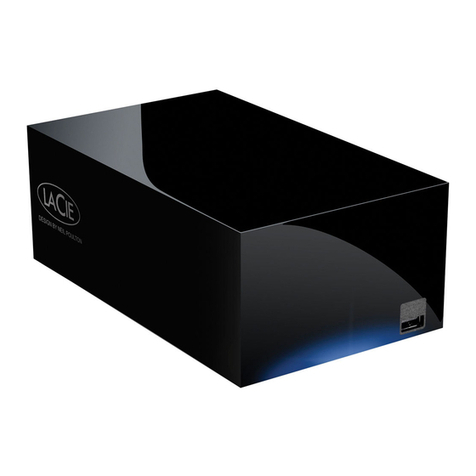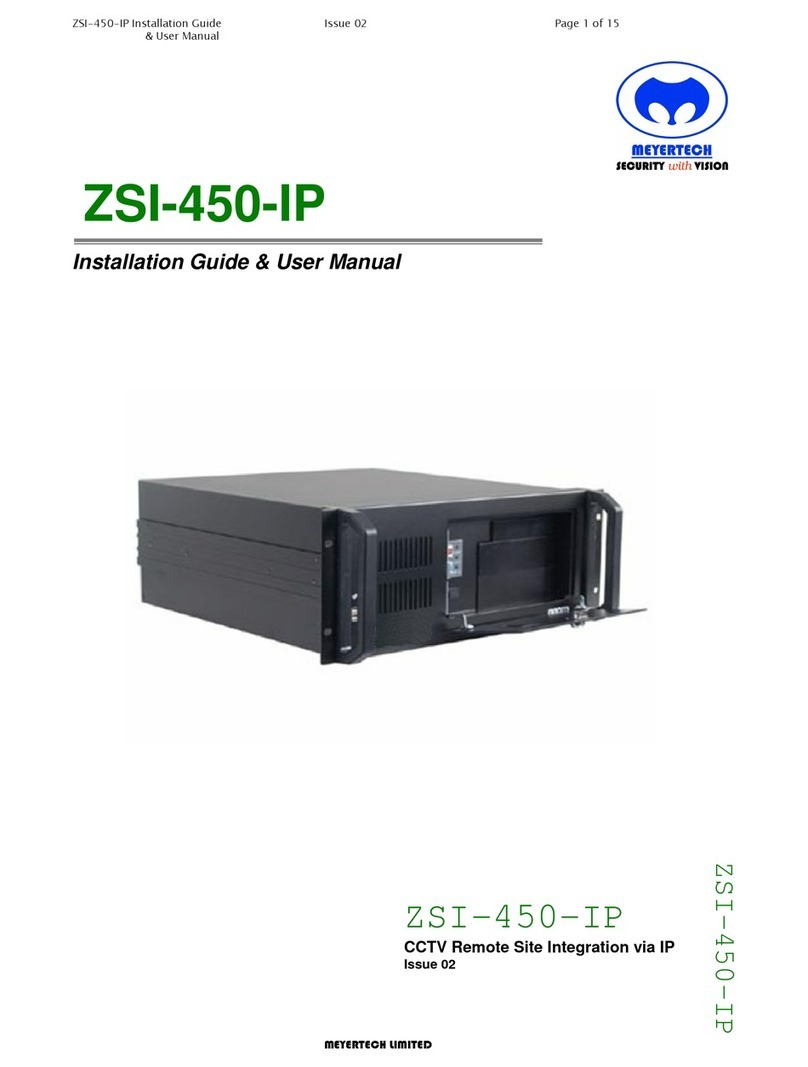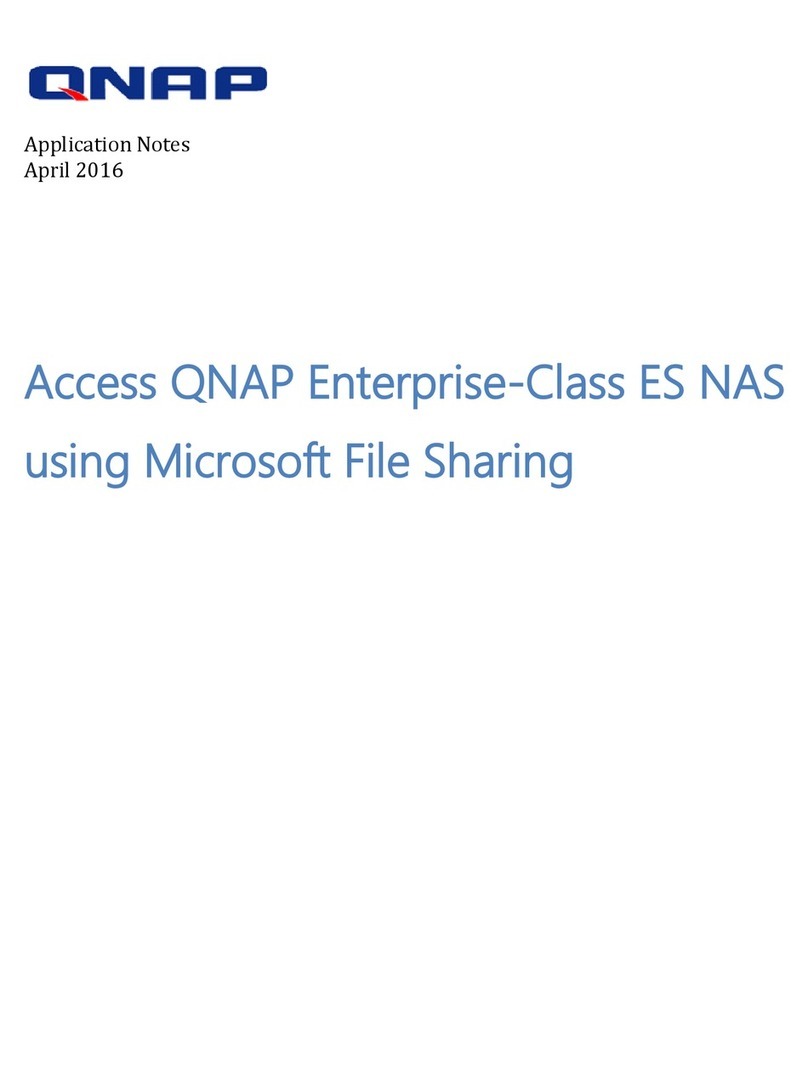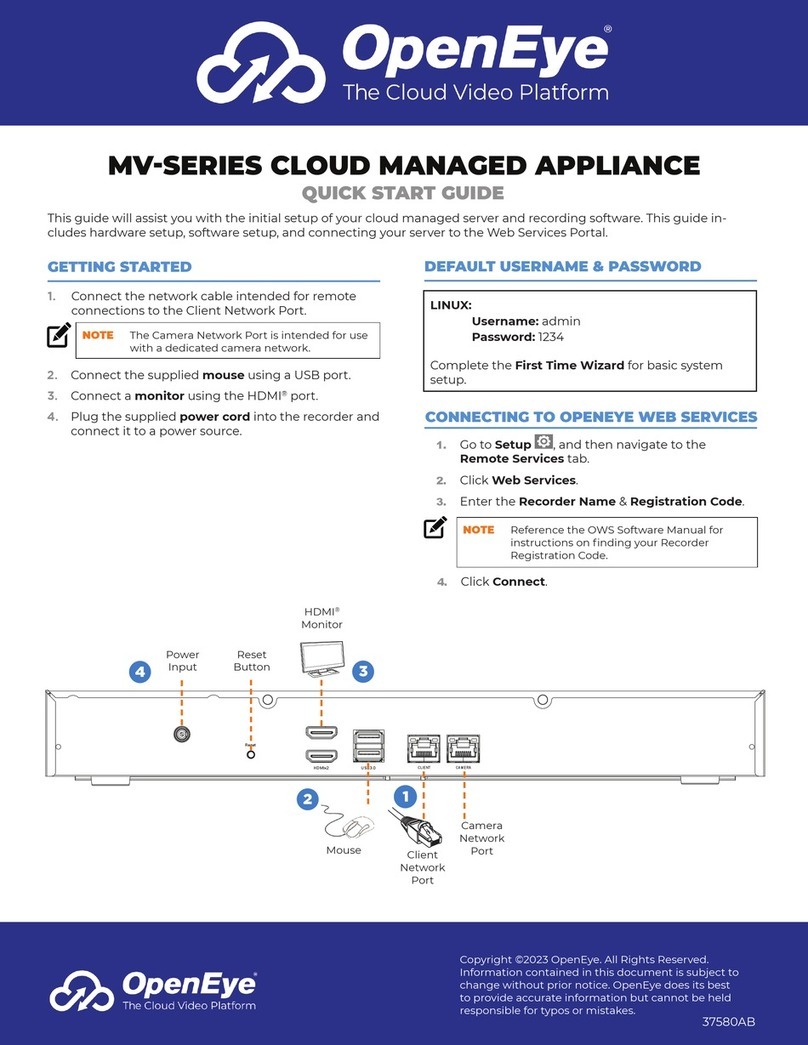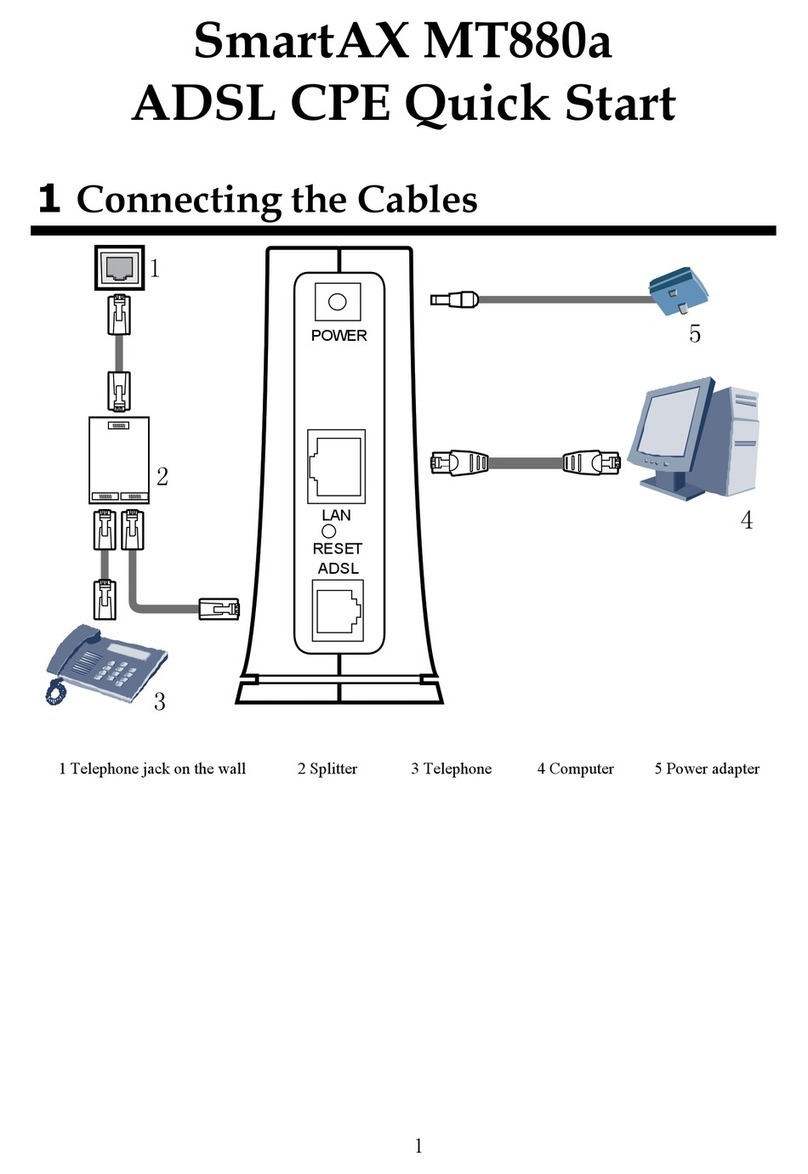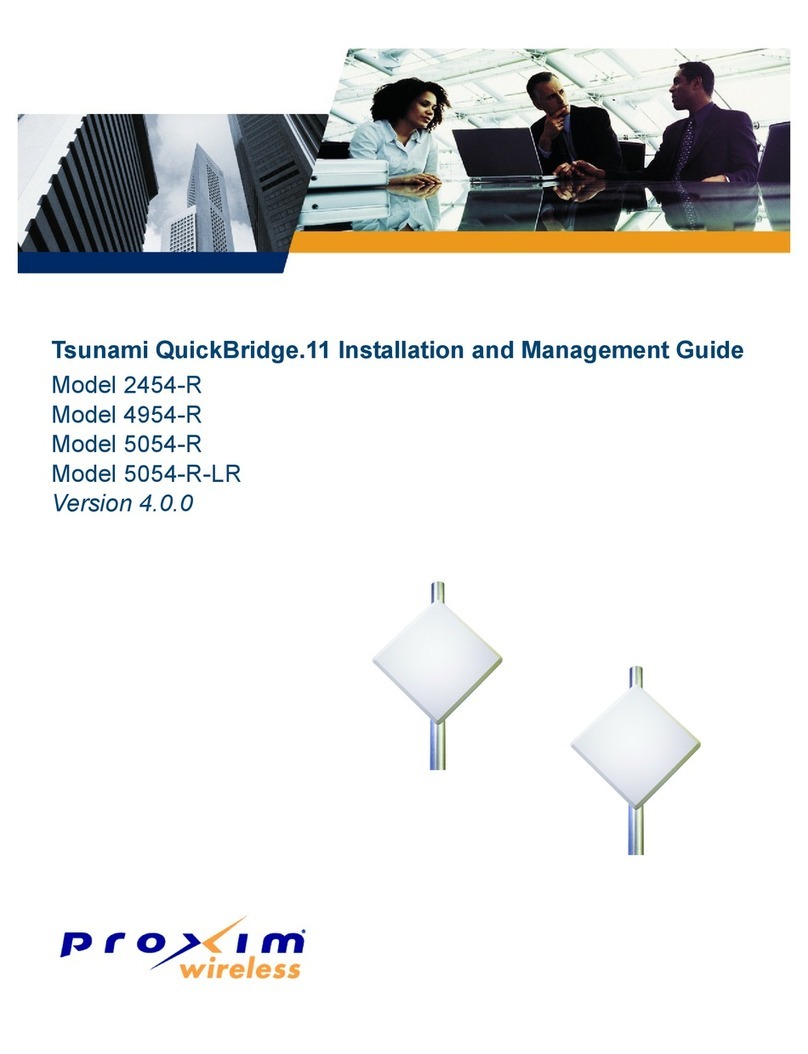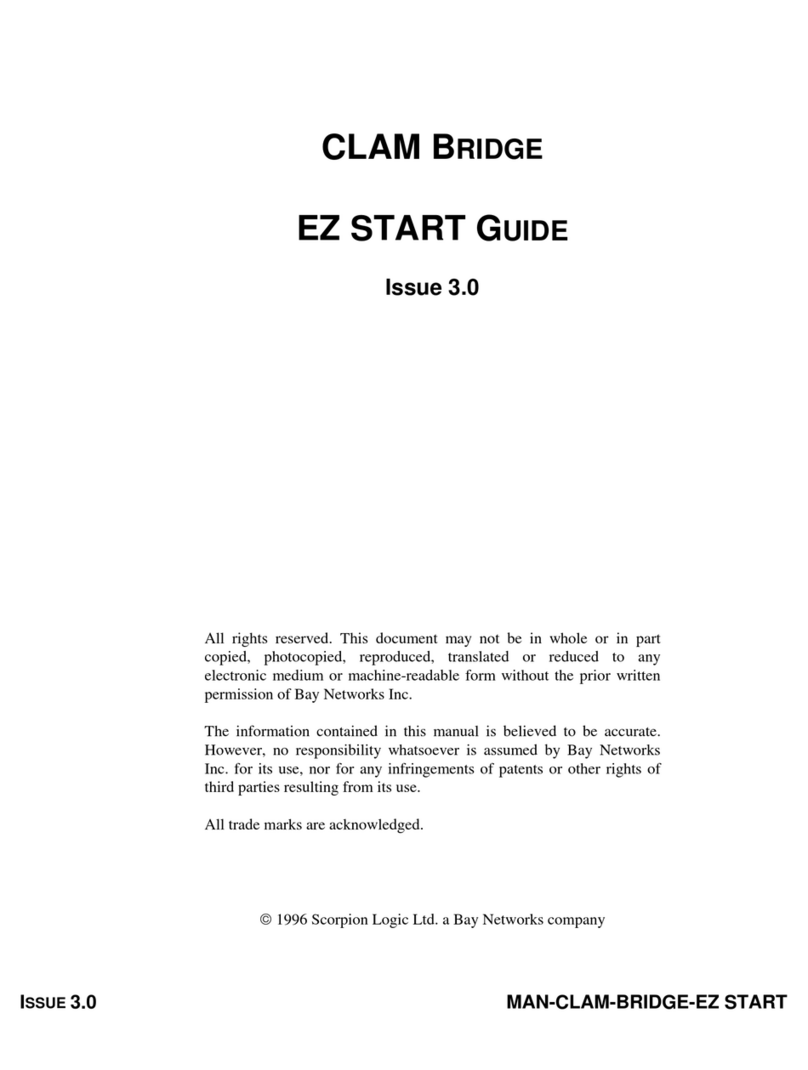
FibeAir® IP-20G Installation Guide
Ceragon Proprietary and Confidential Page 3 of 36
Table of Contents
1. FibeAir IP-20G Hardware Overview................................................................. 9
1.1 Ethernet Traffic Interfaces............................................................................................ 10
1.1.1 Ethernet Traffic Interface LEDs.................................................................................... 10
1.1.2 Ethernet Traffic Interface Pin-Outs .............................................................................. 11
1.2 Ethernet Management Interfaces................................................................................. 12
1.2.1 Management Interface Cable Options......................................................................... 12
1.2.2 Management Interface LEDs ....................................................................................... 12
1.2.3 Management Interface Pin-Outs.................................................................................. 13
1.3 TDM Interfaces (E1/DS1 1x16) (Optional)................................................................... 13
1.3.1 E1/DS1 Interface LEDs................................................................................................ 13
1.3.2 E1/DS1 Interface Pin-Outs........................................................................................... 14
1.4 Radio Interfaces........................................................................................................... 16
1.4.1 Radio Interface LEDs................................................................................................... 16
1.5 Power Interfaces.......................................................................................................... 18
1.5.1 Power Interface LEDs.................................................................................................. 18
1.6 Synchronization Interface............................................................................................. 19
1.6.1 Synchronization Interface LEDs................................................................................... 19
1.6.2 Synchronization Interface Pin-Outs ............................................................................. 20
1.7 Terminal Interface........................................................................................................ 20
1.7.1 Terminal Interface Pin-Outs......................................................................................... 20
1.8 External Alarms............................................................................................................ 21
1.8.1 External Alarm Pin-Outs............................................................................................... 21
1.9 Unit/ACT LED............................................................................................................... 22
2. Preparing for Installation ............................................................................... 23
2.1 Transportation/Storage ................................................................................................ 23
2.2Inspection..................................................................................................................... 23
2.3 Unpacking Equipment at the Site................................................................................. 23
3. Installing the IP-20G IDU................................................................................ 25
3.1 Kits required to perform the installation ....................................................................... 25
3.2 Tools............................................................................................................................. 25
3.3 Installing the IP-20G IDU in the Rack (19") ................................................................. 25
3.4 Grounding the IP-20G.................................................................................................. 26
3.5 Replacing an IP-20G IDU or SM-Card......................................................................... 27
4. Connecting the Power Cable......................................................................... 29
4.1 Power Supply Notes..................................................................................................... 31
5. Performing Initial Configuration.................................................................... 32
5.1 Establishing a Connection ........................................................................................... 32
5.1.1 Connecting to the Unit with a Serial Connection ......................................................... 32

